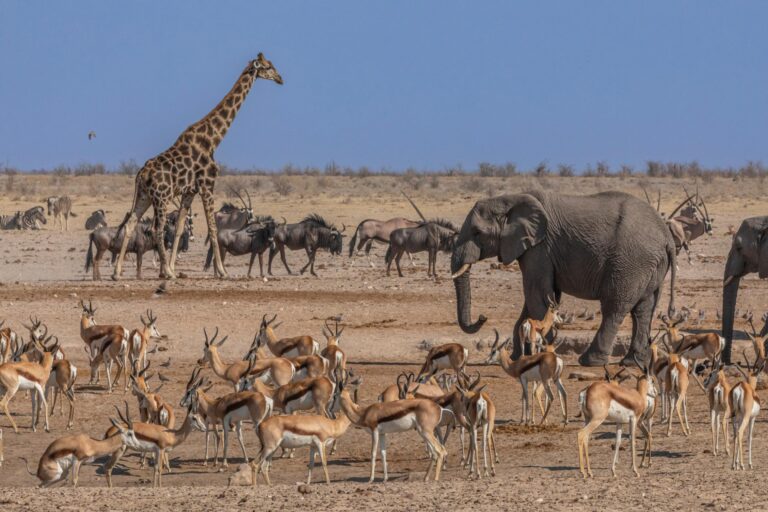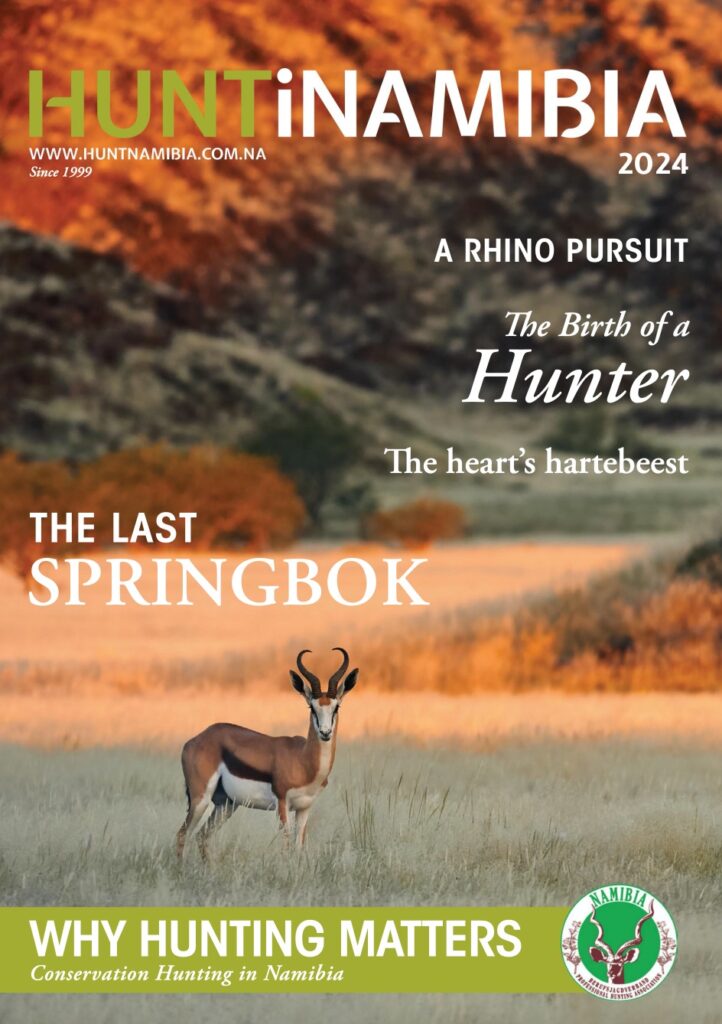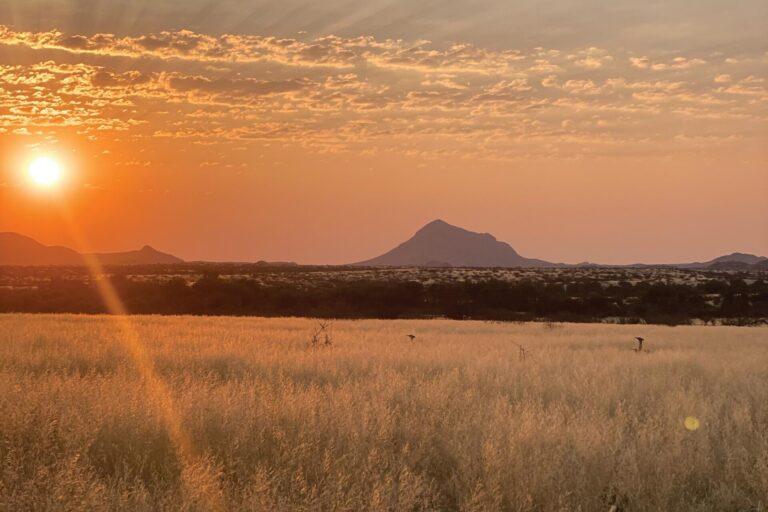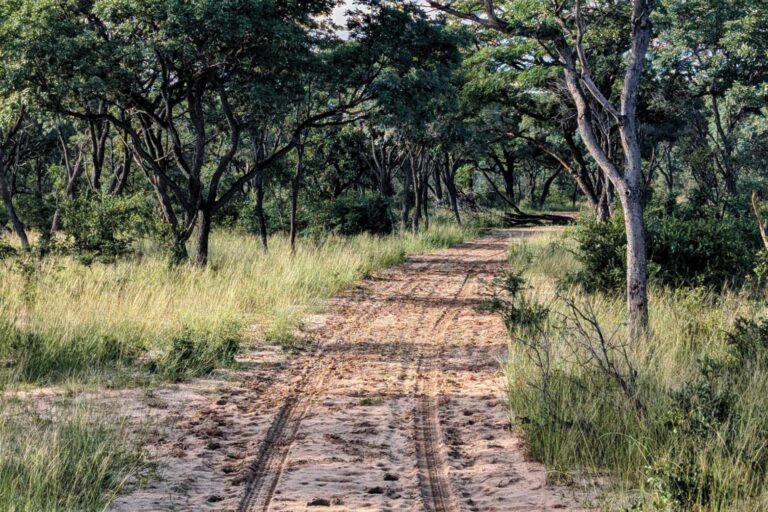It was the first time I hosted hunters on the farm after taking over the business from my parents in 1995. I had guided hunters before, for others and for my dad, but this was the first time I had clients of my own.
The group was composed of three Frenchmen. From the outset, one of them emphasised that he only practices spot-and-stalk hunting. This was a change for me as I had grown up shooting from blinds or, if necessary, from the vehicle.
However, this approach to hunting resonated with me. Since it was their wish, I made it my mission to cater to their preference. We managed to successfully stalk and hunt everything they desired to kill. This was a significant turning point in my professional career and since then I have maintained the practice of pursuing proper hunting methods and not shooting from vehicles.
Spot-and-stalk hunting has its fair share of challenges, but where there is a will there is always a way. When I guide a hunter who is slower or less skilled in the bush, I offer assistance and will adapt our approach accordingly, ensuring they still get the opportunity to make a successful shot.
The only exception we made to our stalking rule was when we had an experienced hunter who was paralysed by an accident. Obviously it was impossible for him to stalk in the bush, so we created a ramp to get his wheelchair onto the vehicle. It was a gratifying experience to help him achieve something he thought he could never do again.
Our hunting approach is similar to that of predators in the wild. We avoid shooting from vehicles and instead stalk animals in the field and around water sources. Typically, we stalk during the morning hours, take a break around lunchtime in a blind, and if an opportunity arises, we shoot from there. The feeling of success is unique when you bag a trophy after walking, stalking or crawling through the wilderness.
One particularly memorable hunt took around four hours. While driving through a mountainous area on a neighbouring farm which we rented at the time, we spotted a beautiful kudu bull with some cows. As soon as we stopped the kudus disappeared over a ridge and we lost sight of them. Far from defeated, we decided to try our luck and started stalking the kudu, but the wind wasn’t in our favour, so we had to circle around and ended up losing track of the animals. However, we stumbled upon a pangolin during our detour, which kept us captivated for a while. Almost forgetting our main objective, we slowly continued forward to a spot where I judged the kudus to be by now.
As we stopped in a sort of crevice, we saw the backside of a kudu cow about 80 yards away in a thicket. After squatting for two and a half hours, the cow vanished. I never never saw anything come out on the other side of the thicket, neither to the left nor to the right. At this stage, all I could do was assume the kudus were still there.
Suddenly this kudu bull steps out and he is such a magnificent creature. He moves over the crest of the small hill and just stands there, almost looking at us, but not quite. It was the most beautiful picture I have ever seen of a kudu bull. I told the hunter, “it’s a good bull, take the shot”. She made a great shot and the kudu ran down into a little ravine and that is where he died. As we couldn’t reach him by truck, we had to skin and dissect him right there in the ravine to be able to carry him out.
What stands out is that the hunt for this kudu bull lasted for over four hours. But the entire process, including retrieving the carcass, took around six to seven hours, making it a day-long endeavor.
In terms of time spent, this was the animal that took me the longest to hunt. Looking back, I find hunting kudus to be consistently challenging, and that is what I enjoy the most. I believe that professional hunters truly prove their skill if they can successfully hunt a kudu bull or an eland in free-range conditions and on foot.
Looking back, I have had countless hunting experiences, and I can remember each and every one of them. Over my 44 years of hunting, I have come to cherish the challenge of hunting kudus the most. While dangerous game like buffalo and elephants offer their own challenges, the pursuit of kudus on foot in their natural habitat is what truly excites me. It is a test of a PH’s expertise, and I take pride in being able to guide hunters through such thrilling experiences.





